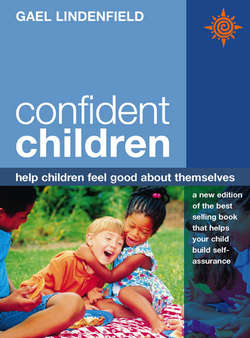Читать книгу Confident Children: Help children feel good about themselves - Gael Lindenfield, Gael Lindenfield - Страница 27
Step 2: Become aware of
your wounded inner child
ОглавлениеIn the last exercise, you were working on what is often referred to in the world of therapy as the parent part of your personality. This is the part of you that not only wants and needs to look after others, but also to judge and direct them. Now we are going to turn our attention to another part which is commonly called the child part. When we use this term we are usually referring either to natural traits which, like every child, you inherited at birth – such as:
spontaneity, inquisitiveness, intuition, creativity, playfulness, adventurousness, sensuality, trustfulness, egocentredness
– or to adaptive traits which you developed in early childhood in response to the environment in which you grew up and the way your needs were (or were not) met. These might have been, for example:
compliancy, submissiveness, helplessness, attention-seeking, manipulativeness, rebelliousness, fearfulness.
With the arrival of our own children, the child part of us is restimulated and re-energized and can, of course, be a very positive force in our parenting. I know that some of the closest ‘bonding’ moments I have ever had with my children have been when I have just let myself get totally absorbed in their play or their fantasy world or, in contrast, when we have wept or laughed ‘uncontrollably’ in each other’s arms.
